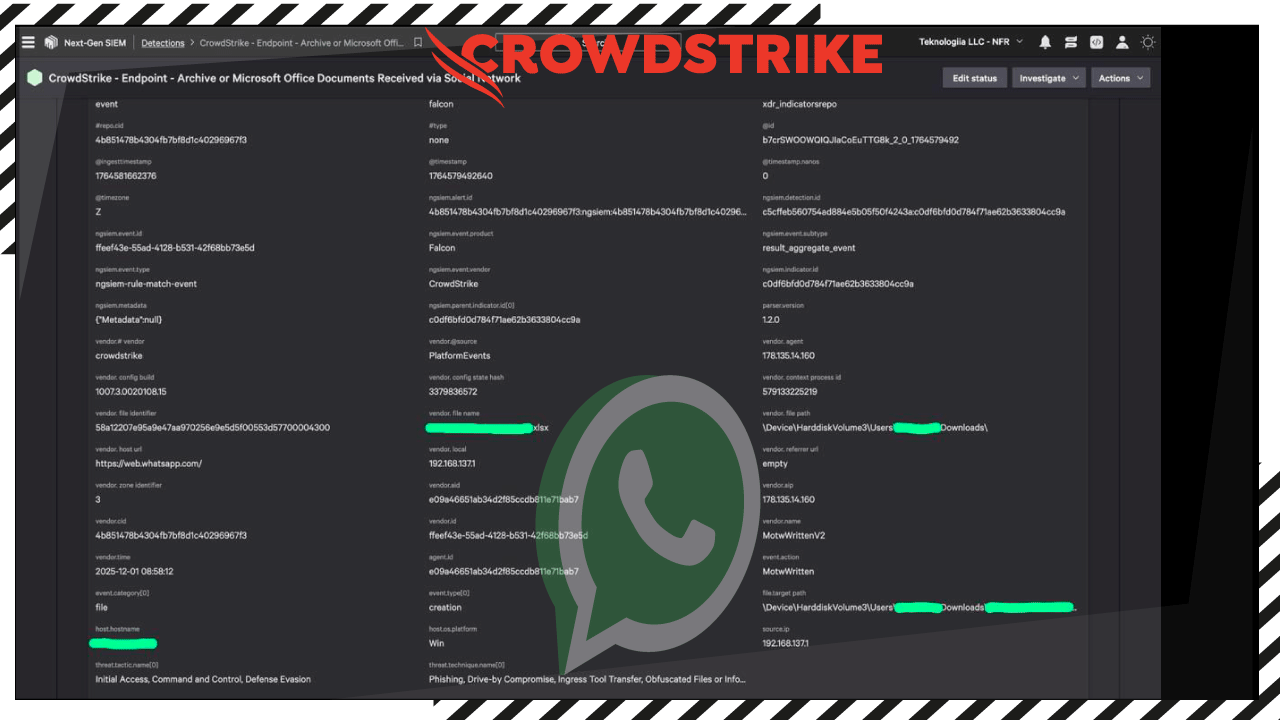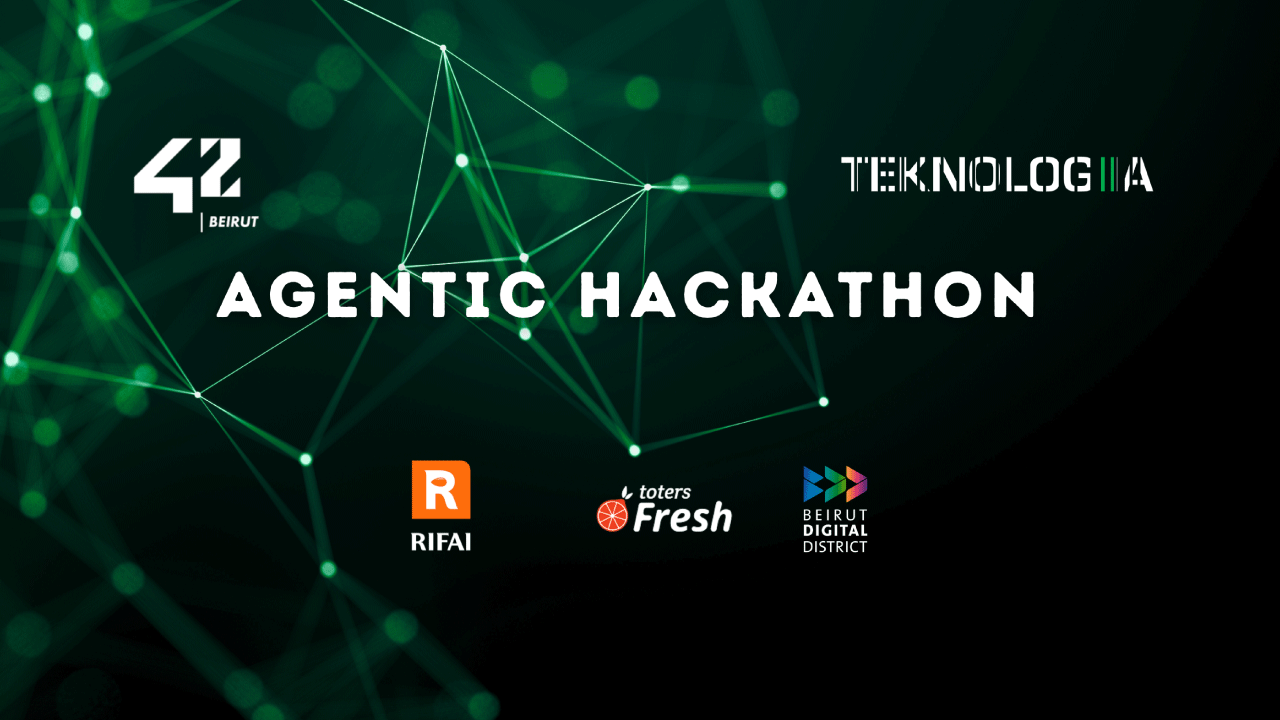TeknoNEWS
Protect your Endpoint Security using Microsoft LAPS and PAW
Protecting privileged accounts in today’s threat landscape is critical to preventing lateral movement, credential theft, and privilege escalation. Organizations can implement two powerful tools as part of their endpoint and identity security strategy: Microsoft LAPS (Local Administrator Password Solution) and PAW (Privileged Access Workstation).
How each works and why your organization should consider deploying them.
What is LAPS?
Microsoft LAPS (Local Administrator Password Solution) is a security tool that auto-manages and rotates local admin passwords on domain-joined Windows machines, enhancing privileged account protection alongside PAW.
Why Use LAPS?
- Unique Passwords Per Device: Every endpoint gets its own random, complex local admin password—eliminating the risk of credential reuse.
- Automatic Rotation: Passwords rotate automatically on a defined schedule, reducing administrative overhead and exposure time.
- Secure AD Storage & Auditing: Passwords are stored securely in Active Directory, with access restrictions and audit capabilities.
- Stops Pass-the-Hash Attacks: Rotating unique credentials prevents attackers from reusing hashes across machines during lateral movement.
Types of LAPS
There are two main types of LAPS in use today:
- Legacy LAPS
- Managed through Group Policy Objects (GPO)
- Requires Active Directory schema extension
- Manual configuration and limited support for modern cloud-based management
- Windows LAPS (New)
- Natively integrated into Windows 11 and Windows Server 2022
- Supports Entra ID (formerly Azure AD) and Microsoft Intune
- Easier to deploy, cloud-ready, and ideal for hybrid environments
What is PAW?
PAW (Privileged Access Workstation) is a dedicated and hardened device used only for performing sensitive administrative tasks (e.g., managing servers, AD, cloud environments).
Why Use PAW?
- Isolates High-Risk Activities: Keeps admin tasks separate from email, web browsing, and day-to-day use, minimizing exposure to threats.
- Prevents Credential Theft: Shields privileged credentials from phishing, malware, and keyloggers often found in standard user environments.
- Reduces Lateral Movement: By locking down access paths, PAWs prevent attackers from jumping from low-privilege machines to critical systems.
- Supports Zero Trust & Compliance: Aligns with security frameworks like Zero Trust, NIST, and ISO 27001 by enforcing role separation and endpoint hardening.
Better Together: LAPS + PAW for Privileged Account Protection
Using Microsoft LAPS and PAW in tandem forms a robust strategy to:
- Enforce unique, rotating admin passwords
- Limit admin access to dedicated, secure workstations
- Comply with industry standards and reduce attack surfaces
Whether you’re managing a few machines or a large hybrid enterprise, integrating these tools can significantly raise your privileged access security posture.
Final Thoughts
In an age where credential-based attacks are among the top threat vectors, investing in tools like LAPS and PAWs isn’t optional—it’s essential. These solutions are powerful, cost-effective, and supported by Microsoft as part of modern enterprise security best practices.
Need help implementing LAPS or building your PAW architecture? Let’s talk.
Read more articles



